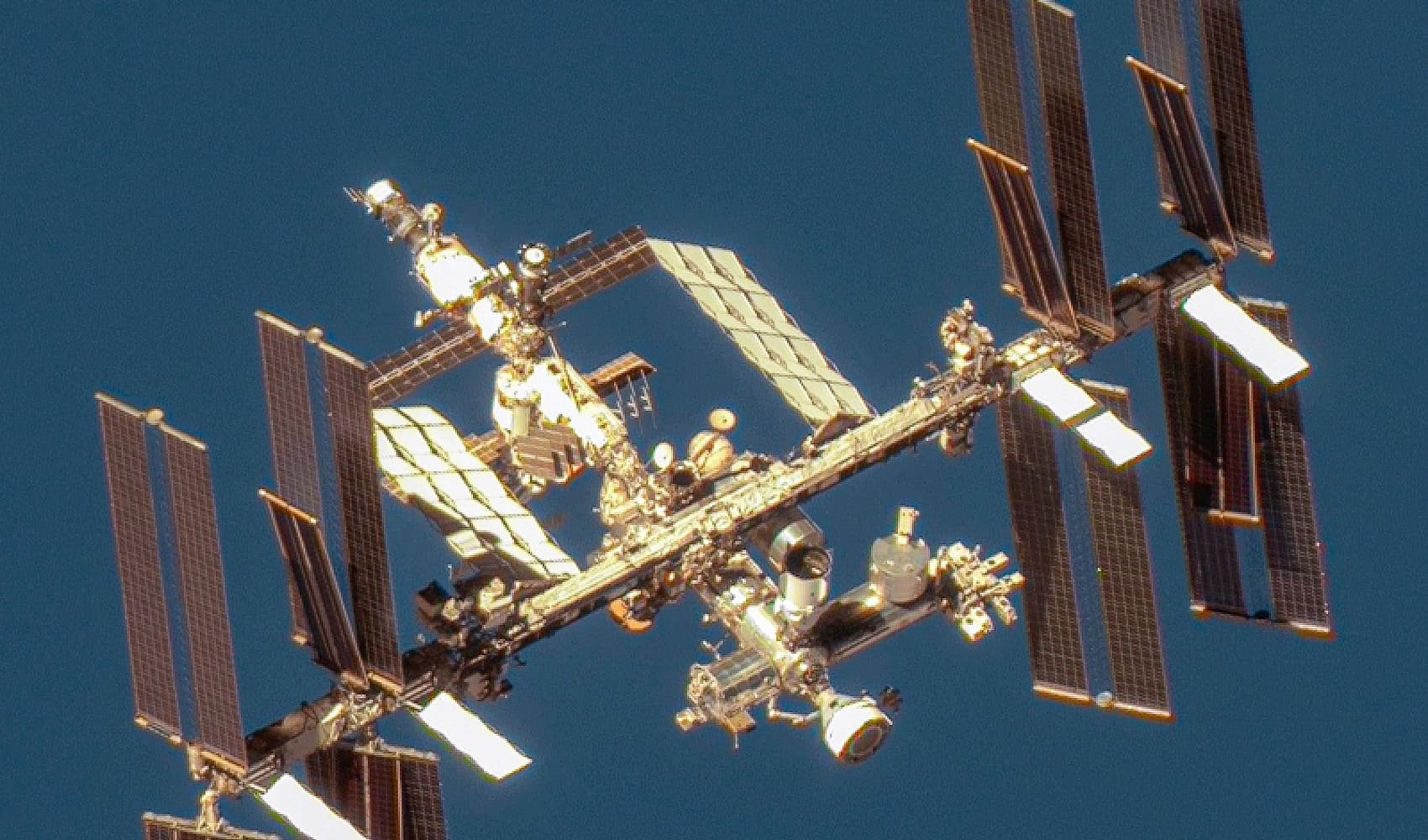Space X’s Falcon Heavy lifted off 10 minutes later than scheduled on Tuesday due to weather concerns around the John F. Kennedy Space Center in Florida related to thunderstorm activity nearby.
At 5:26 pm EDT, GOES-U left Launch Pad 39-A atop Falcon Heavy, with the 27 Merlin engines providing more than 5 million pounds of thrust.
As the rocket begins the turn downrange, at this point near “Max-Q” or maximum dynamic pressure, you can feel the sound of the rocket engines down at ground level and it almost sounds like rippling thunder. With the rocket climbing higher, the two side boosters separate from the center.
The second stage you don’t really notice from the ground view right away, but when the boosters begin their initial landing burn you can see the engines flare high above.
From there, perhaps the most unique part of the launch occurs as you watch two large boosters (about the size of 12-story buildings) re-fire their engines one final time as they land simultaneously as a nearby landing area. Two sonic booms rattle windows (and even set off car alarms) as the boosters complete their landing.
This is a launch experience you feel and as much as you see it.
Best of all, GOES-U would later be released into its planned orbit with acquisition of signal and platform testing next for the satellite. GOES-U will be renamed GOES-19 and provide coverage across much of North America, South America, across the Atlantic and to the West Coast of Africa.
This is an essential vantage point to scan for conditions that lead to formation of hurricanes for example while monitoring ocean conditions, environmental hazards such as wildfires, lightning mapping and high resolution scans that can be done every 30 seconds.
By April, GOES-U (now GOES-19) will be moved to its permanent position and rebranded GOES-East. The current GOES-East will be placed on backup status in case its newer counterpart should encounter issues.
Get a weekly recap of the latest San Francisco Bay Area housing news. Sign up for NBC Bay Area’s Housing Deconstructed newsletter.




